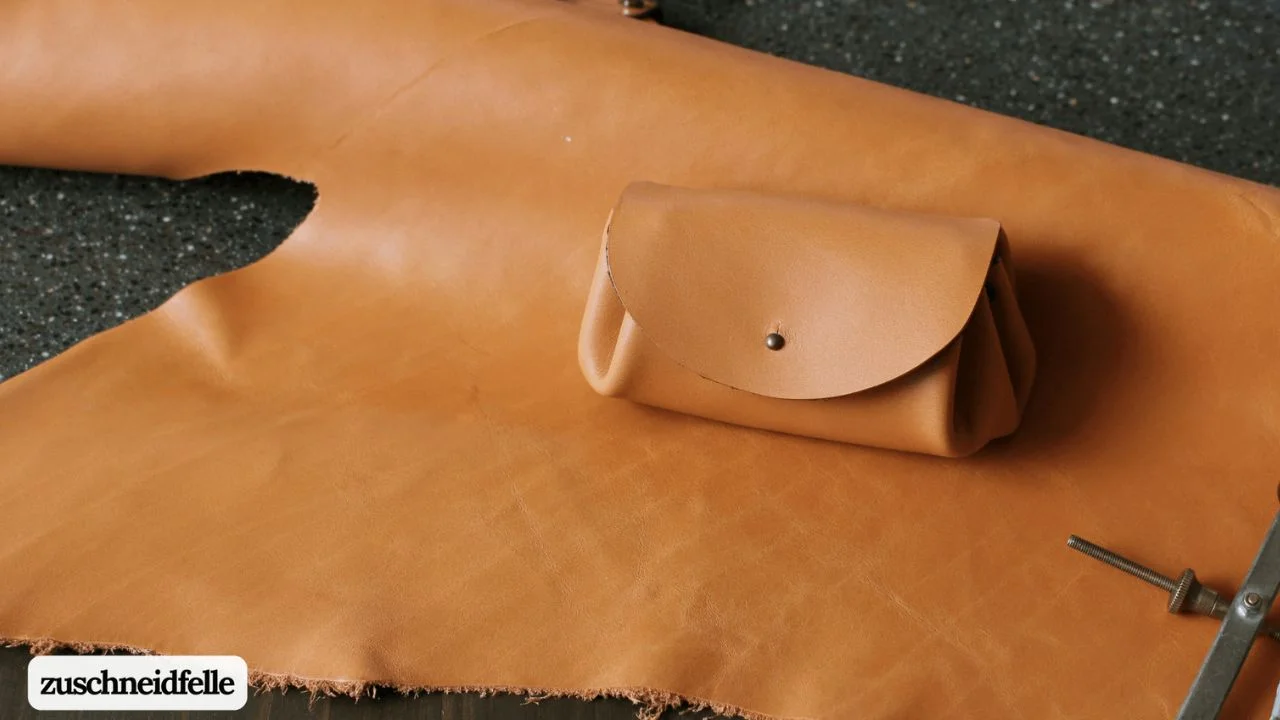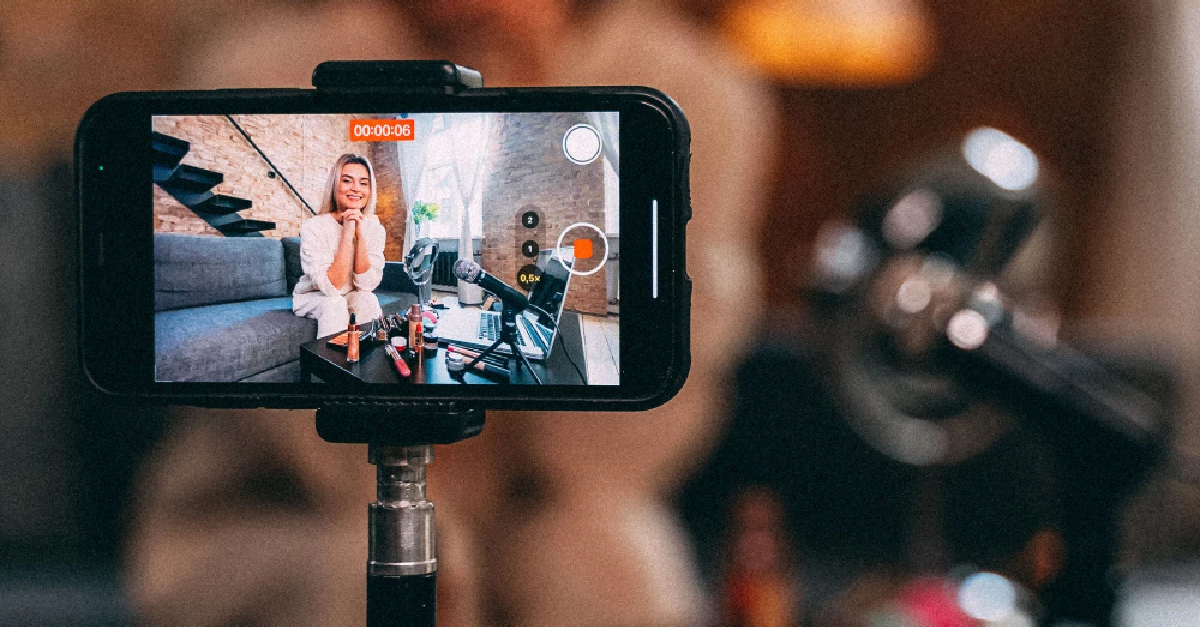Key Takeaways:
- Set clear financial boundaries to manage your collectible spending effectively.
- Understand the market and prioritize purchases based on value and personal interest.
- Leverage sales and discounts to expand your collection without overspending.
Table of Contents:
- Understanding Your Budget
- Researching the Market
- Prioritizing Your Purchases
- Finding Deals and Discounts
- Using Online Resources and Tools
- Tracking Your Spending
Collectible shopping can be an exhilarating hobby, filled with the thrill of a rare find and the satisfaction of completing a beloved set. However, without proper budgeting, the pursuit of collectibles can quickly turn into an overwhelming expense. Engaging in this hobby requires a delicate balance between passion and practicality. Establishing a comprehensive budgeting plan is crucial to controlling your spending while enjoying your passion. Whether you’re eyeing a limited edition item from the Disney Store or hunting for a vintage piece to adorn your collection, having a strategic budget can make all the difference. With the right strategy, collecting can remain enjoyable and financially sustainable.
Understanding Your Budget
Before diving headfirst into the world of collectible shopping, it’s essential to have a clear understanding of your budget. Start by assessing your monthly income and expenses to determine how much disposable income is available for your hobby. Create a financial plan that allocates a specific portion of this income to collectibles while ensuring other financial responsibilities are met. This strategy guards against impulsive purchases that could lead to financial strain. Ensuring that your essential needs and obligations are prioritized helps create a more stable foundation for indulging in leisure pursuits like collecting. The income allocated for collectibles should be viewed as flexible, adapting to monthly financial variations to avoid negative impacts on overall financial health. By consistently reviewing your expenses and adjusting your budget allocations, you maintain a clear view of what you can spend without compromising other aspects of your financial life.
Researching the Market
Knowledge is power, especially in the world of collectibles. Conduct thorough research to understand market trends and the value of items you’re interested in. Platforms and forums driven by collector communities can provide insights into recent trends and pricing. Engaging with other collectors and experts in these communities offers valuable perspectives that keep you up to date with market dynamics. Understanding the ebb and flow of demand for certain collectibles can help you anticipate the best times for buy and sell activities. This approach informs you about current market values and helps you make smarter decisions about what and when to purchase. Furthermore, knowledge of the market allows you to engage in strategic planning and foresee potential market shifts and opportunities.
Prioritizing Your Purchases
Not every collectible holds the same value or personal significance. It’s important to prioritize your purchases based on factors such as rarity, personal interest, and potential for value appreciation. Consider both the monetary value and the personal joy a particular item brings to your collection. Creating a wishlist of desired items and ranking them based on these criteria can help focus your efforts and prevent overspending. This list should be dynamic and adapt to ongoing market changes, ensuring that your purchases remain relevant and meaningful over time. Additionally, building a narrative around your collection—understanding why each piece is valuable to you—can deepen your engagement with the hobby, transforming each purchase into a strategic decision rather than an impulsive action driven by fleeting trends or emotions. This emotional connection to your collection can provide a sense of fulfillment that goes beyond mere accumulation.
Finding Deals and Discounts
Part of savvy collecting involves capitalizing on deals and discounts whenever possible. Regularly check for sales, promotions, and discount codes. Websites offer frequently updated deals that can help you snag a bargain. Timing your purchase to align with sales or special offers can make high-priced items more accessible without busting your budget. Furthermore, subscribe to newsletters from favorite collectible stores to receive early notifications on upcoming sales or exclusive offers. Many collectors find joy in the hunt for a bargain, which adds extra excitement to the collecting process. The thrill of securing a coveted piece at a reduced price enhances the overall experience, turning it into a celebratory achievement. Moreover, using these strategies can extend the reach of your budget, enabling you to acquire more pieces than you originally planned.
Using Online Resources and Tools
Leverage online resources and tools to track prices and manage your collection effectively. Websites and apps that compare prices among retailers can ensure you’re not overpaying for a coveted item. Tools like budgeting apps and price-tracking extensions can further streamline your shopping process, maximizing the impact of your budget. Using these resources, you can make data-driven decisions supporting your collecting goals. Engaging in these technologies also offers an avenue for organization, making it easier to catalog your collection systematically. This organization can aid in visualizing collection gaps and helping prioritize future purchases to complete themes or sets. Furthermore, some platforms offer community forums or groups where you can gain insights or trade advice from fellow collectors, creating a network of support and shared passion.
Tracking Your Spending
Keeping a spending record is crucial in maintaining your budget and ensuring financial discipline. Use spreadsheets or apps to log each purchase, noting the cost, item description, and acquisition date. This practice helps you review your spending habits and adjust your budget as necessary, providing accountability and clarity over time. Reviewing this log can also highlight trends or areas where your spending may need curtailed. This habit fosters a reflective process, encouraging mindful spending practices and reinforcing budget adherence. Additionally, reflecting on past purchases can reignite the joy and nostalgia associated with each item in your collection, reinforcing the emotional aspect and personal fulfillment derived from collecting. Moreover, documenting your spending can uncover patterns, such as preferred buying seasons or spikes in spending, thus allowing better preparation and strategy formulation for future purchases.











